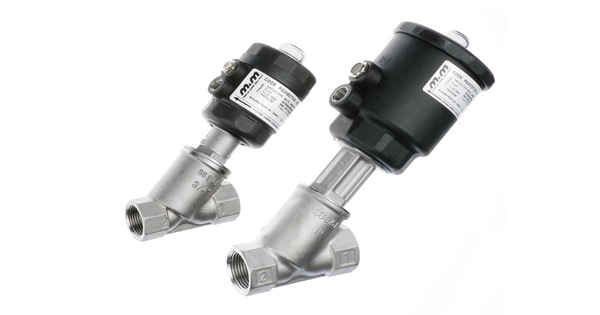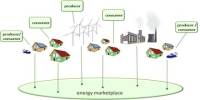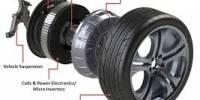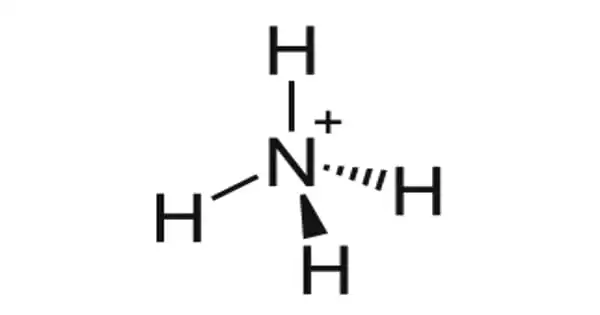A piston valve is a device that controls the flow of a fluid or gas through a tube or pipe by moving a piston within a chamber or cylinder. It is a type of valve used in a variety of technical applications, most notably steam engines and internal combustion engines. It comprises of a cylindrical piston that travels within a cylindrical housing, regulating the flow of fluid or gas via the valve.
In a steam engine, for example, a piston valve is frequently used to regulate the flow of steam into and out of the cylinders, thus controlling the engine’s velocity. The piston in the valve rotates back and forth, opening and closing ports to allow steam to enter and exit the cylinders at the proper moments during the engine’s cycle.
Piston valves are renowned for their dependability and ability to withstand high pressures and temperatures, making them ideal for demanding industrial applications. They are widely employed in steam locomotives, steam turbines, and other machinery that requires precise control of fluid flow.
Here’s a breakdown of the working process of a piston valve:
- Valve Body: The valve body is the main housing that contains the piston and provides the necessary ports for fluid entry and exit. It’s typically made of metal or other durable materials to withstand pressure and wear.
- Piston: The piston is a cylindrical plug that fits snugly within the valve body. It can move axially (back and forth) within the valve body to open or close the flow passage. The piston is usually equipped with seals or rings to prevent leakage around its edges.
- Fluid Flow: When the piston is in the closed position, it blocks the flow of fluid through the valve. As the piston moves away from the closed position, it creates an opening, allowing fluid to flow through the valve.
- Actuation: Piston valves can be actuated manually, pneumatically, hydraulically, or electrically depending on the application. Manual actuation involves turning a handwheel or lever to move the piston. In automated systems, the piston can be controlled by a pneumatic, hydraulic, or electric actuator.
- Sealing: The effectiveness of a piston valve relies on the seals between the piston and the valve body. These seals prevent leakage of fluid when the valve is closed and help maintain pressure integrity within the system.
Examples of piston valves are:
- The valves used in many brass instruments
- The valves used in pneumatic cannons
- The valves used in many stationary steam engines and steam locomotives
















